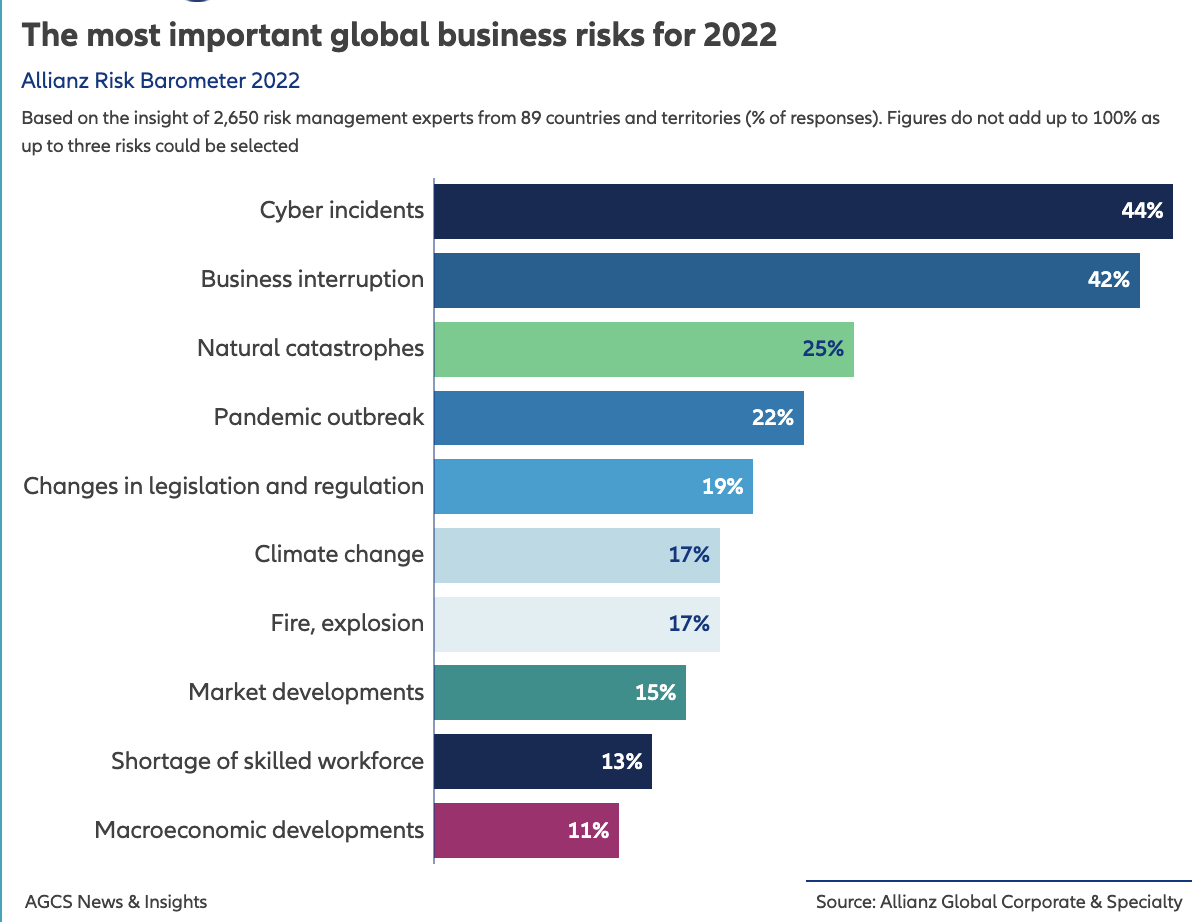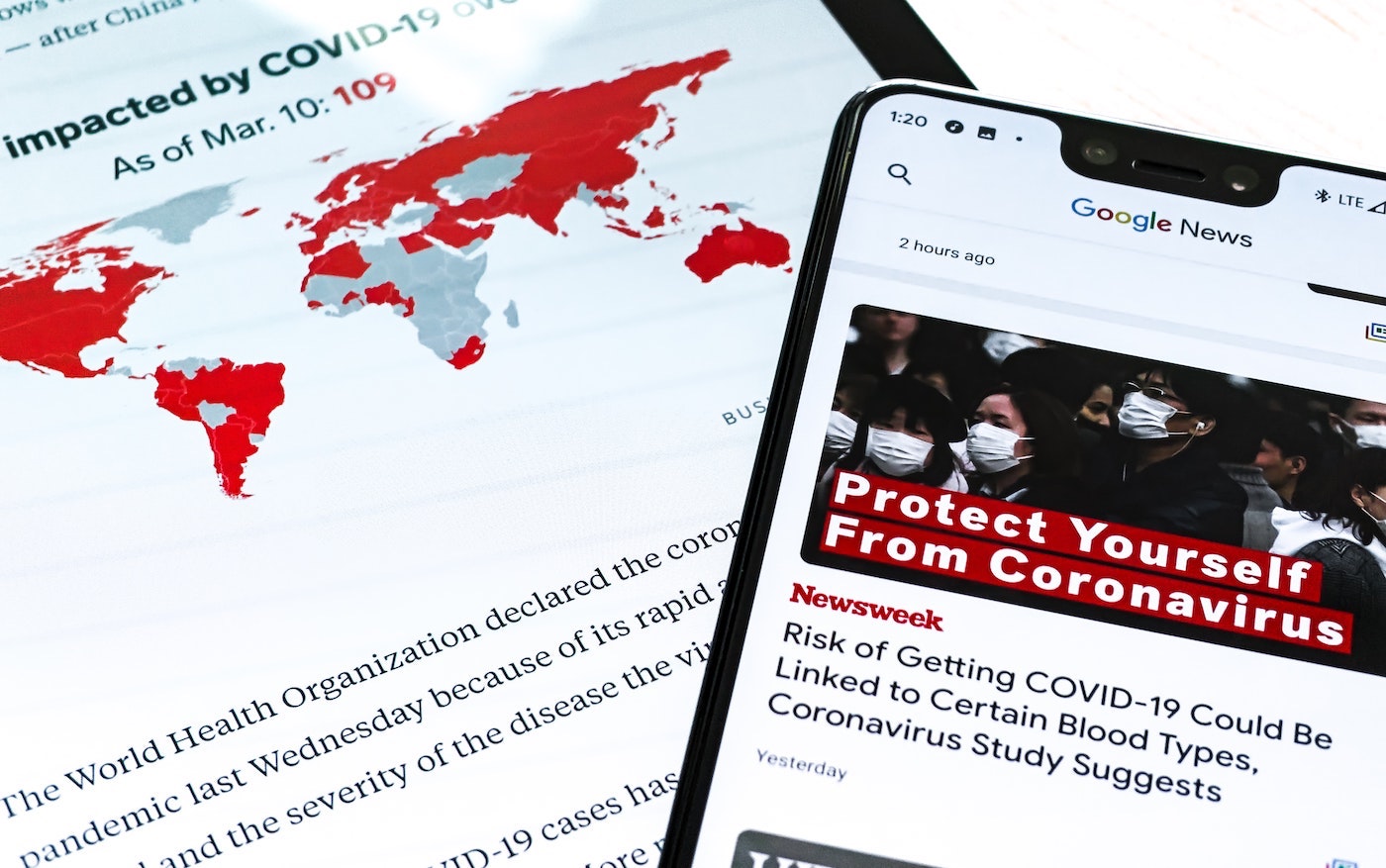The Australian government recently activated its emergency response plan to the impending coronavirus pandemic. Called the "The COVID-19 plan", it provides a strategy to make sure the country is as prepared as possible should there be a large-scale outbreak. While this plan is designed to protect Australia and its people, organisations should also have plans in place for how to manage their business and employees in the midst of emergencies or crises.
Thinking through what your organisation would do in the middle of an emergency is a part of business continuity planning. As we've discussed previously, there are numerous types of crises that organisations could face and the protocol on what to do when they strike should vary depending on the crisis or emergency. For example, the coronavirus could create a work health and safety crisis if someone were to be inflicted with the virus and come to work, or a staffing crisis if employees were no longer able to take on their roles because they were sick. What needs to be done in these scenarios is much different than if your computer network were to fail. While that would be considered a crisis for many organisations as it could severely impact business operations, the health and safety of your employees wouldn't be at risk.

Although what your organisation would do in the midst of a crisis will differ depending on the emergency, there are general considerations your organisation should address to make sure its emergency management is effective.
1. Are your processes and procedures for key roles and operations documented and backed up?
As part of your business continuity planning, you will have done a business impact analysis (BIA) to understand the potential effects an emergency would have on your critical business functions. Now that you've done this, you can determine the processes for what to do if the emergency happens and the key roles that would need to be involved. All these procedures need to be well documented and distributed, so your staff know the protocol. The documents containing these procedures should be backed up as well, meaning multiple physical copies and stored soft copies so they are accessible no matter what.
2. Do you have alternative ways of working?
Alternative ways of working applies to both your staff and your business operations and equipment. With staff, there are a couple things you want to consider:
- First, can more than one person handle a specific role? For example, in the case of the coronavirus or any pandemic for that matter, if the accountant who handles payroll were to get sick and be out for an extended period of time, is there someone else that can make sure your staff still get paid on time? Or is the process well-documented so the task could be picked up?
- Second, can your staff work remotely if necessary? Using the same example, if the virus can be easily spread, you may want to encourage your staff to work from home for a period of time. If this needs to happen, you'll need to have the appropriate infrastructure in place to facilitate it.
With business operations and equipment, you'll want back-up alternatives. Using the payroll example, your accounting team likely uses specific software. If that software were not to be accessible for some reason, can payroll be done manually? These back-up ways of doing things can make the difference between whether your business keeps running or not.
3. Do you have a communication plan in place?
During any type of emergency, there needs to be communication. Depending on the emergency, your first point of contact may be your staff or your IT director or your insurance company, to name a few options. Regardless, your emergency management plan should include a full list of those who might need to be contacted as well as the order of who should be contacted (first, second, third, etc.) and how quickly (immediately, within 24 hours, etc.). Your communication plan should also capture what should be communicated and how. What should be communicate to your staff obviously differs from what you should communicate to your insurance company or your customers, so you want to plan what these various groups should be told. The "how" refers to the means in which you are communicating, as in via email, company online portal, phone, etc. You want to identify the fastest and most effective ways you can reach the intended group of people.
4. Are your staff trained for the unexpected?
Having a solid emergency plan doesn't do your organisation any good if your staff aren't familiar with the documented policies and procedures and aren't sufficiently trained. You need to set up trainings and practice runs to give your company the best chance of managing an emergency in the moment. Also, your staff need to know what resources or people they can turn to in the midst of an emergency.
5. Are there preventative measures that can be put in place?
With some emergency situations, like a pandemic for example, while you can't completely prevent it from inflicting harm on your organisation or your employees, there are moves you can make that can mitigate the risk. With a pandemic, for example, preventative measures include having a supply of hygiene products like hand sanitiser and face masks on hand, or even having a doctor come in to do check-ups or provide immunisations. These actions can't guarantee your staff won't be affected, but they are worth trying.
By asking yourself the above questions in regards to your organisation and working to address them, you can give your business and your employees the best chance of managing an emergency situation. Business continuity software can help with navigating your emergency management efforts. If you are keen to try and see if this would make sense for your organisation, check out RiskWare's Business Continuity Module.
To learn more about how RiskWare is making the world a little less risky, visit us at RiskWare.com.au.







Comments